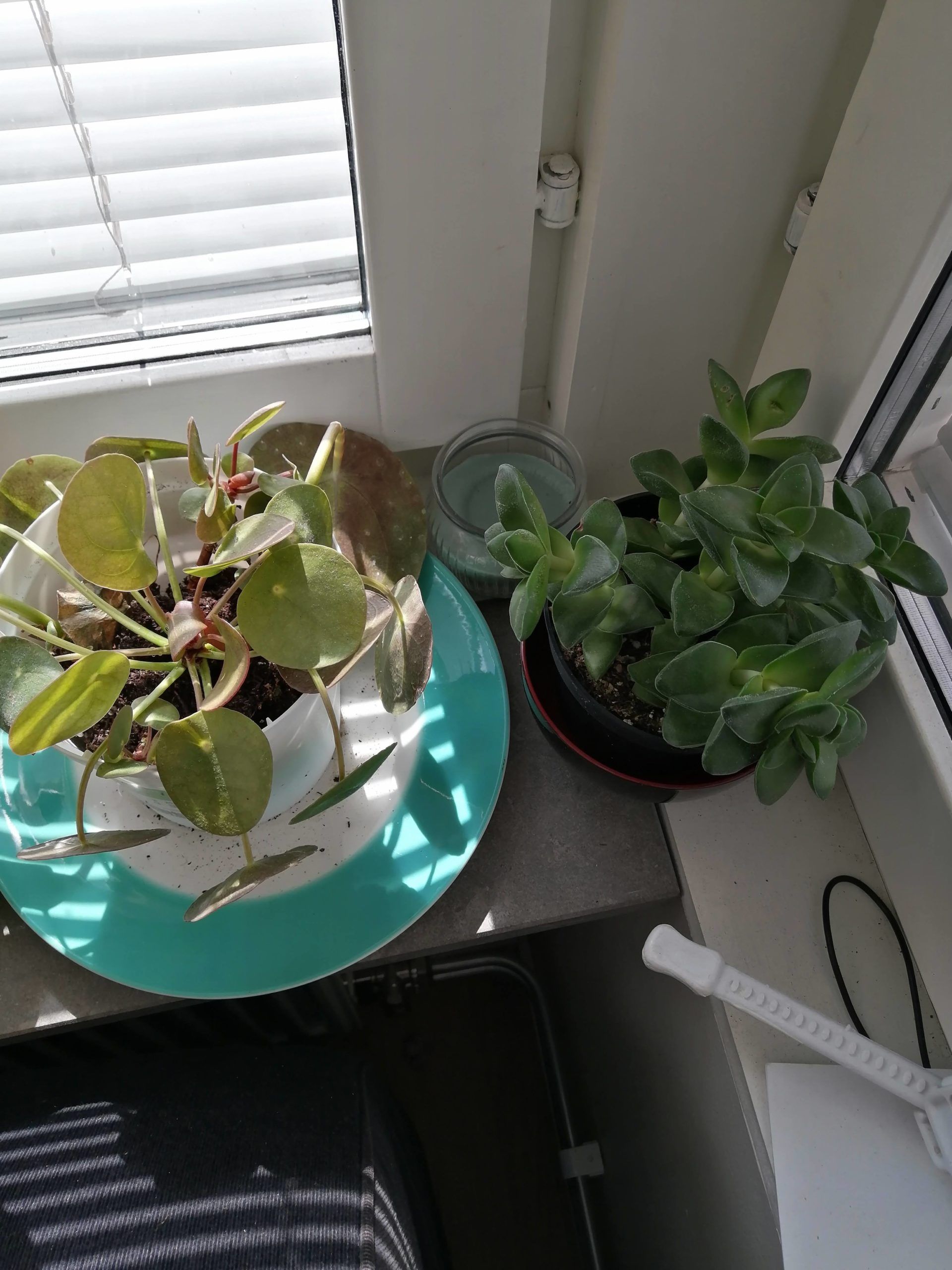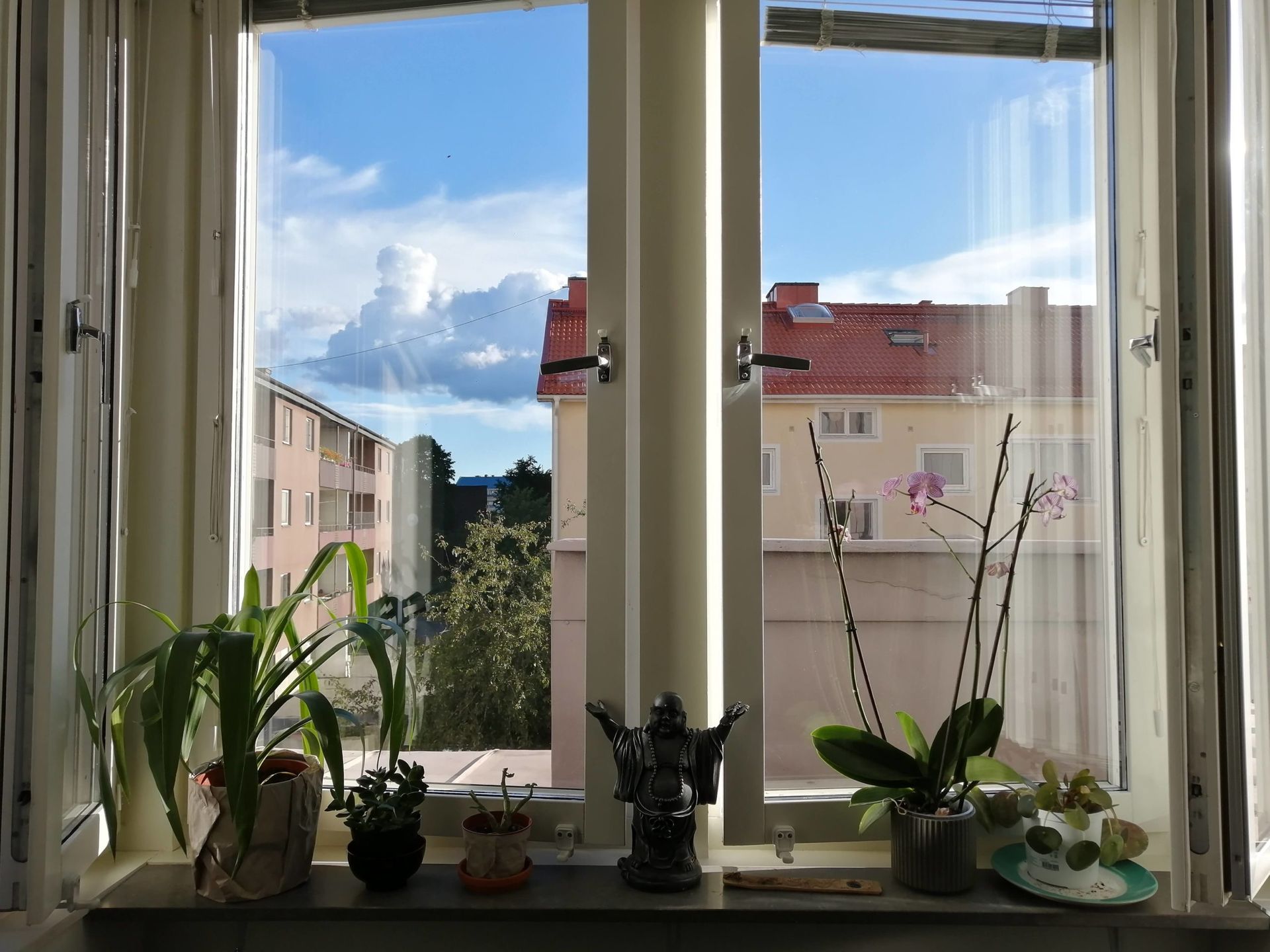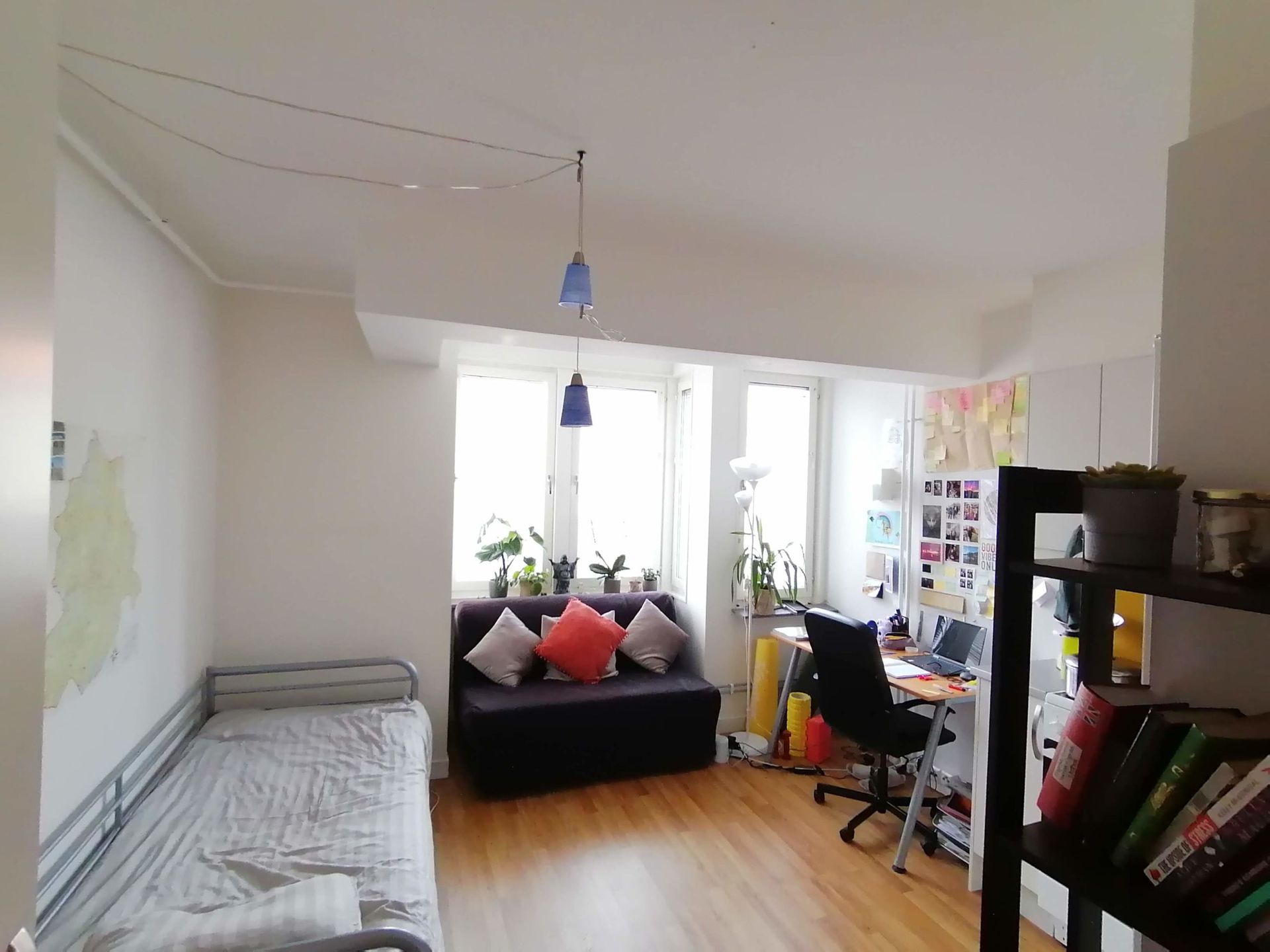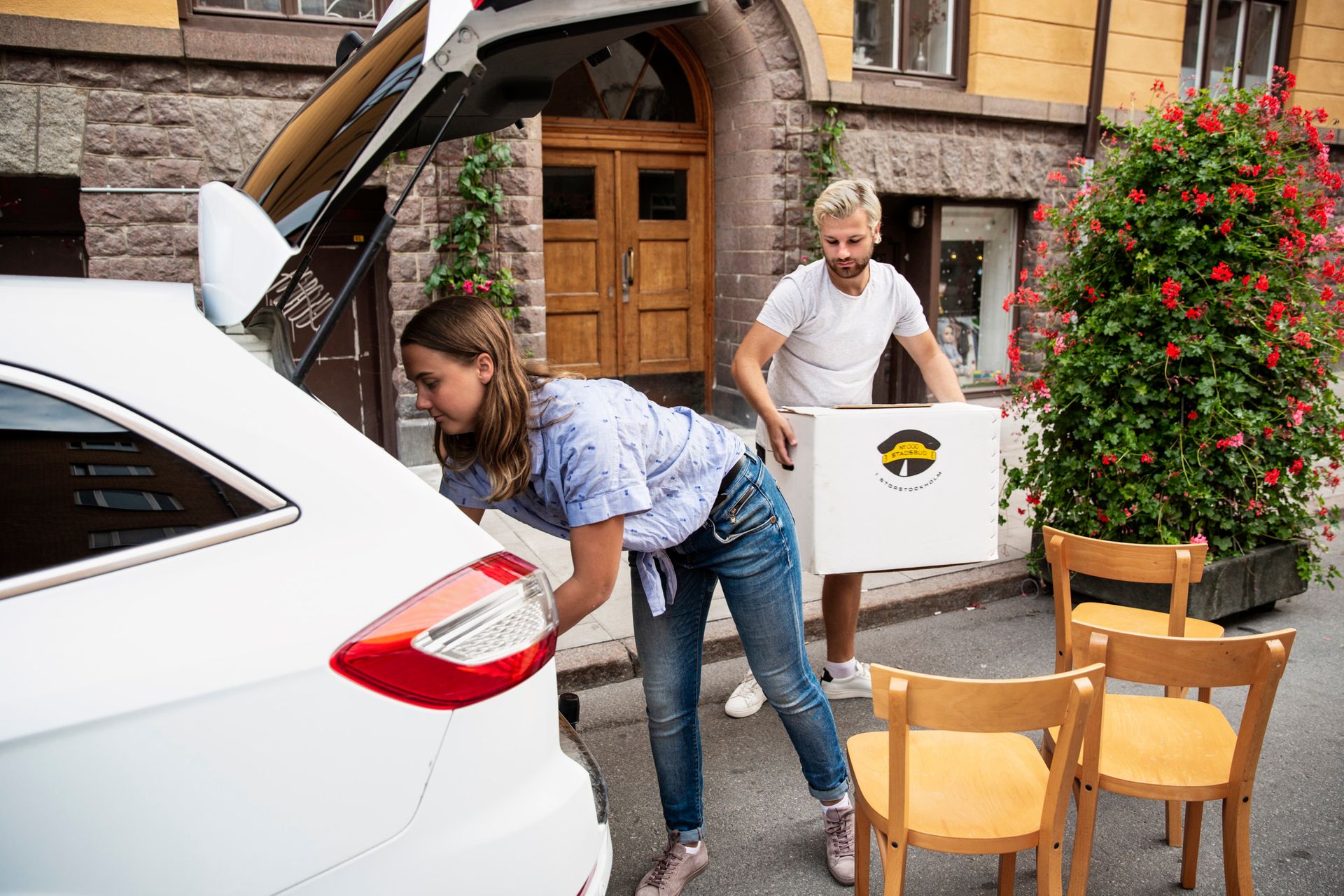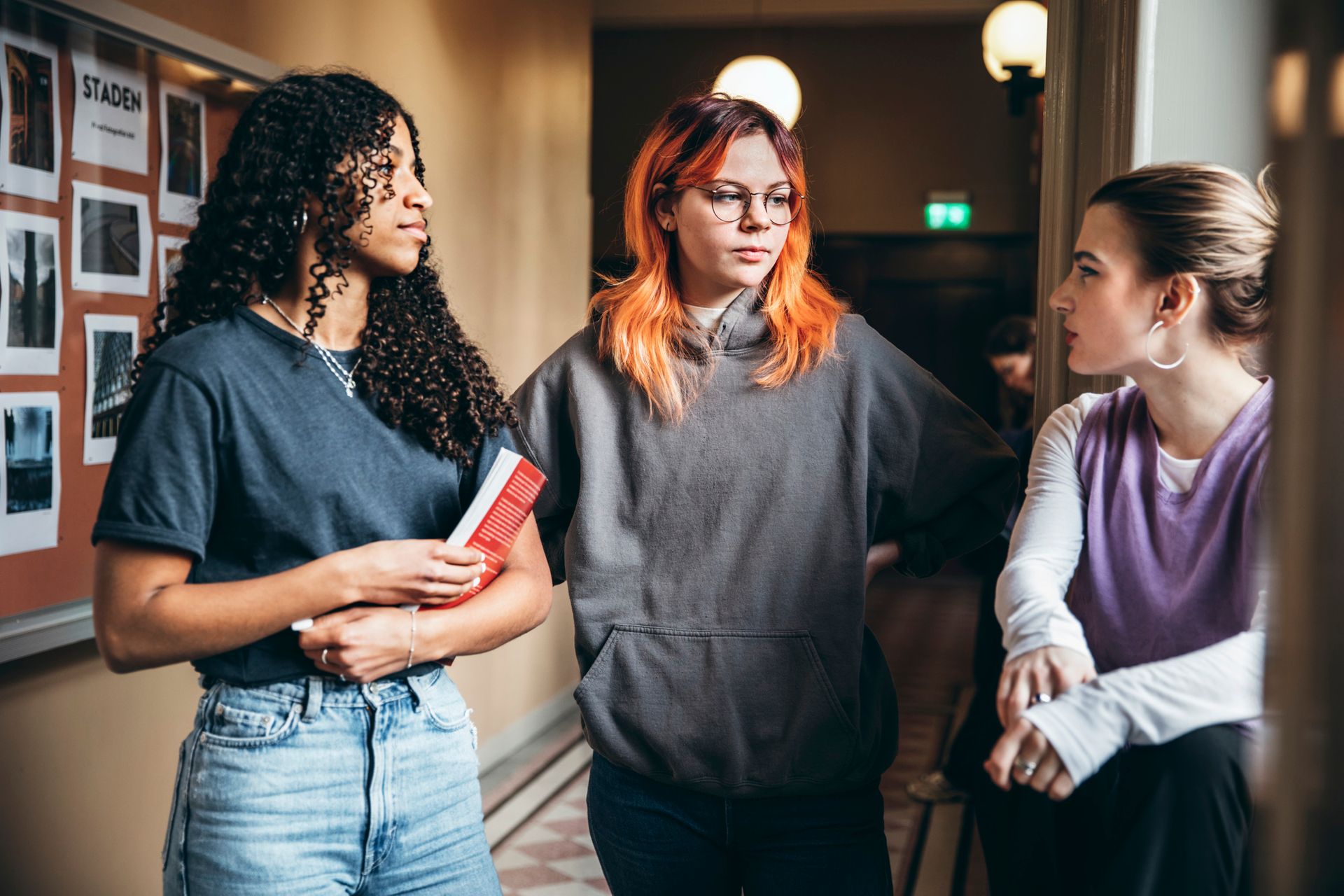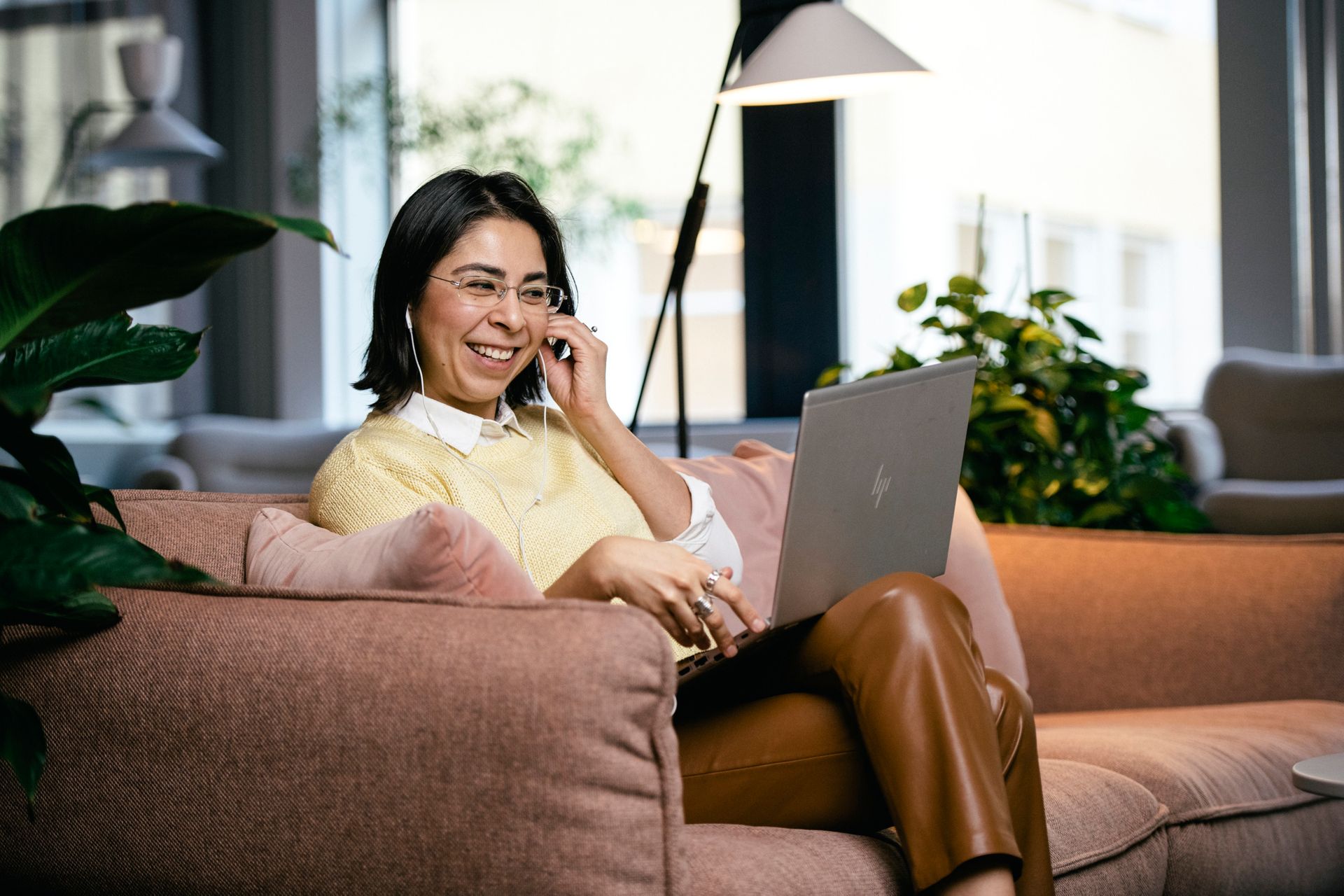
Written by Lusanda
01 May 2021
This article was written during the COVID-19 pandemic and may not be up to date. COVID-19 restrictions are no longer in place in Sweden.
So it’s finally sinking in, YOU’RE MOVING TO SWEDEN SOON! You’re excited but also nervous, so you’ve started frantically searching every corner of Google and the Study In Sweden blogs for information about Student Accommodation. A terrific place to start is with Jordan’s awesome and comprehensive blog of 5 Life Hacks for securing student housing, or Hazal’s great guide on how to find student housing. However, this blog won’t really be about hunting for student housing. Instead, it’s about hunting for the stuff you want inside your student home, on a student budget. Welcome to the last part of a blog series on how to save money by shopping second hand! Part 1 is an introduction to second-hand shopping in Sweden and part 2 is a shopping tour in Borås with some shopping tips. This time, I’ll be sharing my experience of how I furnished my *empty* student apartment on a budget. Most of the items in my apartment (furniture, kitchen stuff, towels etc.) I found second hand. This approach can be a little scary if you’re in a new country and eager to just get settled in as quickly as possible, so keep reading for some advice!

All student homes have different needs
Choosing the best accommodation always has compromises, so it’s up to you to balance what’s most important to you and which challenges are worthwhile for you and your specific needs. Consider things like your budget, your access and proximity to campus, do you prefer a shared vs private space, or accessibility (e.g. many older apartment buildings don’t have elevators) . Check out Nguyen’s wonderful blog comparing living in a corridor to living in a shared apartment. Maybe you’d prefer a one-room student apartment for your independent space or a corridor that will keep you nearby to the campus, but you might be scared of feeling lonely, and the furnishing might be a downside, so what do you do? Many people find success hunting for apartments on Facebook or Blocket BUT they are more risky, and you’re more likely to find a room in a house share with strangers (who may turn into very close friends) …BUT they’re more likely to be furnished, which means less energy and time spent by you. Depending on your city, you might also move around a couple of times during your stay in Sweden. Stockholm and Gothenburg have very high demand for accommodation (this is your reminder to start looking very EARLY), and it’s common to stay in one place for a few weeks when you arrive then jump to another for a few months, and continue this until you find an opening for a longer rental agreement. Umeå, Uppsala and Lund might be a bit easier, but can still be very challenging to find vacancies. In this case, of course you’ll want to keep all your stuff light and minimal to save on moving costs and not limit your options. The one upside of choosing a smaller town like Borås or Jönköping is not struggling as much to find student housing, and I’m quite grateful I found an apartment that I could stay in for the entire 2 years of my programme. I contacted AB Bostäder, the local Borås rental agency, who also offers a wide range of student apartments. I personally wasn’t willing to move around as much, but on the other hand, I still had to be patient to turn my empty space into a home.
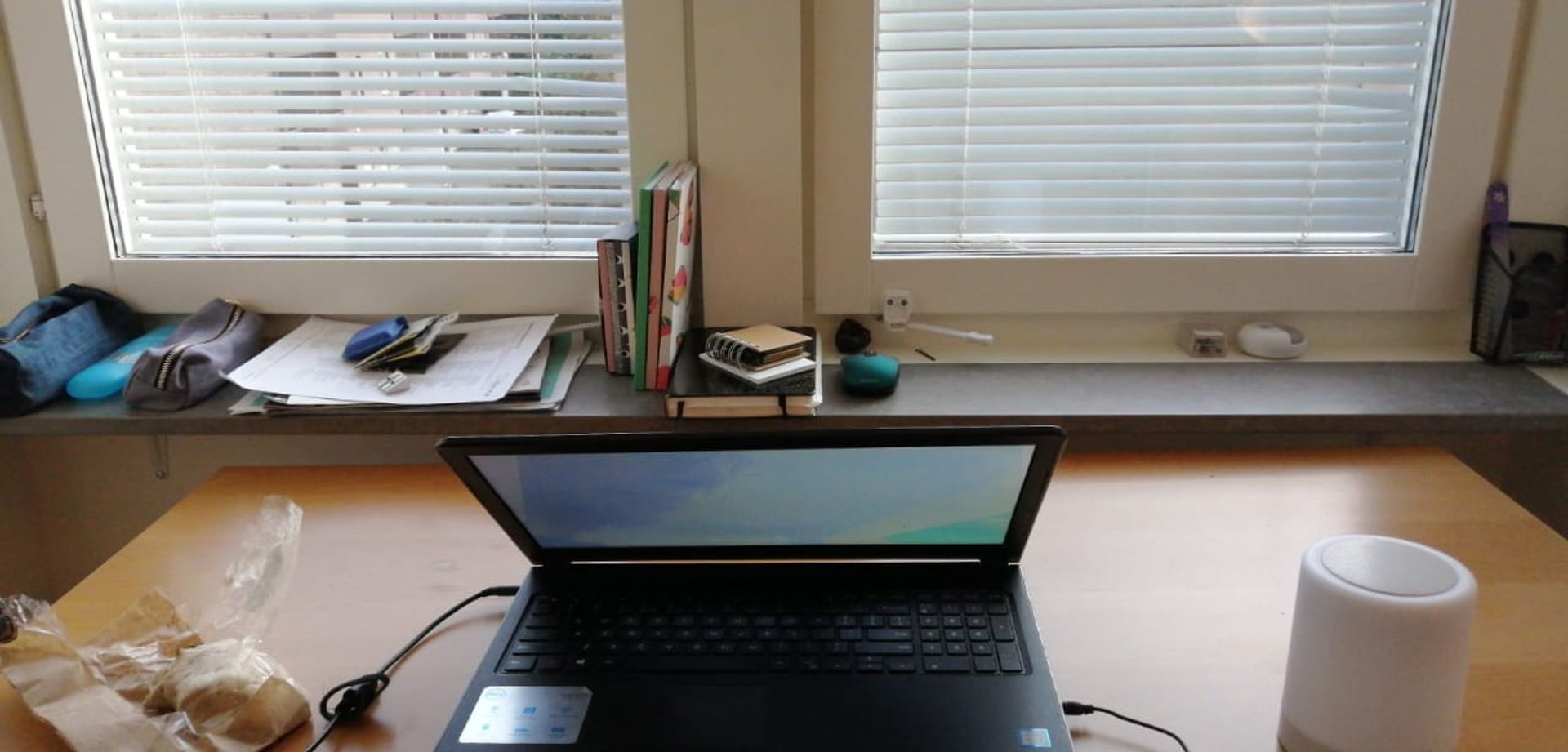
How Empty is empty?
EEEEEEEEEEEEEMPTY. Well, actually this depends! Unless your student apartment says that it’s furnished, assume that its empty. Most student buildings in Borås require students to furnish everything for themselves. While one of the main buildings offer basic furnishings like a bed, study lamp, desk and chair, they are often older and have been used for much longer, and don’t leave much room for customization. My apartment had no lights, and even though internet service was included, I had to buy my own router. This is quite common for a one-room bachelor student apartment in Sweden. So it can be very daunting to arrive into an echoey empty room and hard to imagine (at first) how it will warm up over time into your cozy safe space. Careful with the temptation to pack all your pots and pans with you, extra baggage can be suuuuuper expensive, but Sara has a guide for what items are essential to bring and what can stay home.
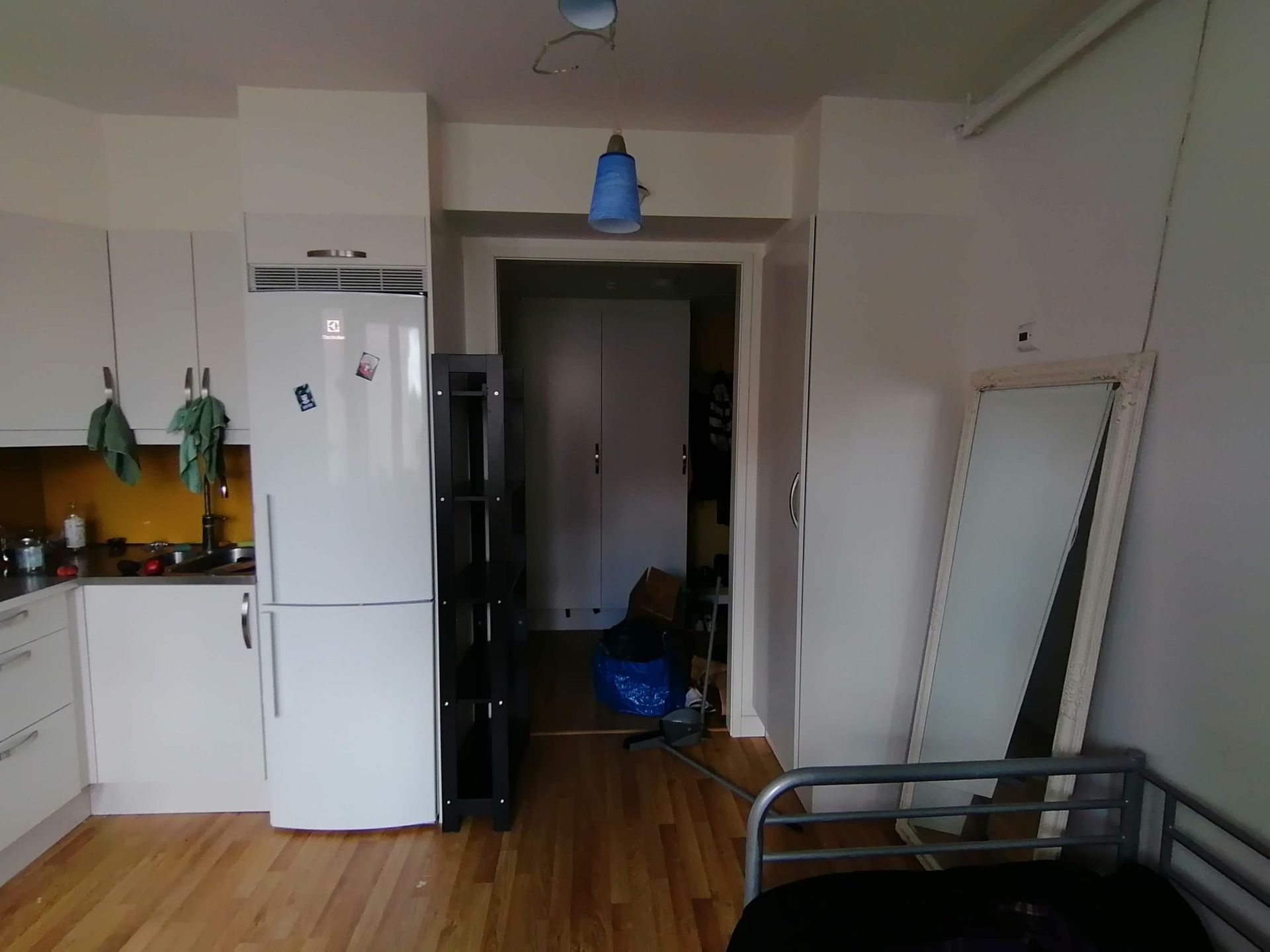
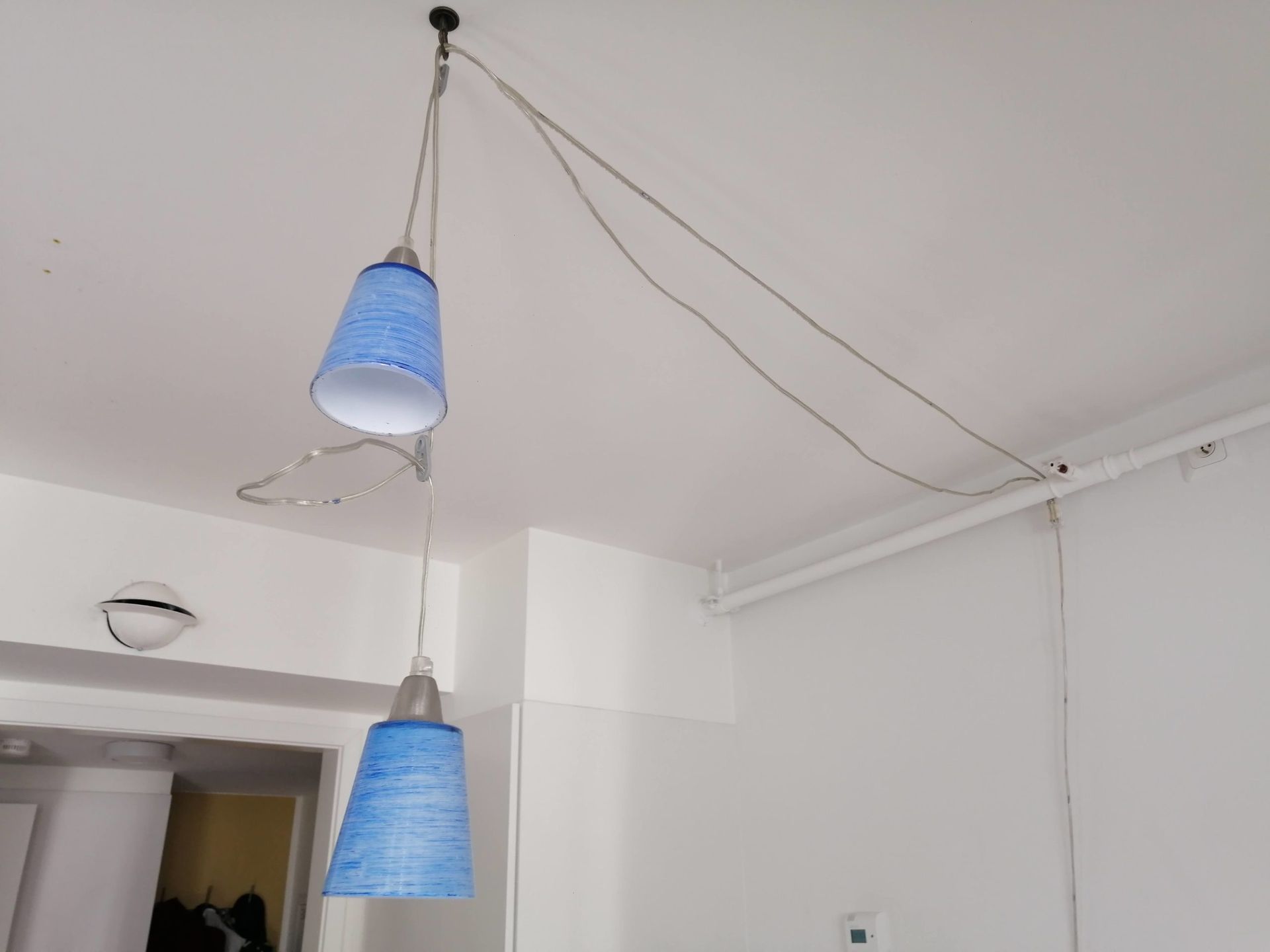
Starting from scratch?
Don’t despair, if you’ve managed to snag accommodation through your university, they should be able to help you to an extent. At the University of Borås, the International Office sent emails long in advance about the accommodation options and also to help us set-up our electricity accounts. Check with your university if they have a similar department that can guide you! Mine actually offered a basic furniture package that you can borrow from them during your studies (i.e. a single mattress, bed frame, desk, chair and study lamp). I took them up on that offer, contacted them as early as possible (after I my accommodation application was approved) and then they moved my starter-pack kit into the apartment before I arrived. The international office also arranged a group trip to IKEA in Gothenburg, and while this may be a very convenient option, it’s definitely more expensive to fill up an apartment with brand new stuff. It can also often be quite wasteful, especially if you’re only staying in that space for only a few months (for the exchange programmes) or only 1-2 years (for your masters). Many students find themselves throwing away stacks of stuff in perfectly good condition, when you could rather donate your items to a second hand store, or even better – buy second hand from the beginning, to extend the life of already existing products, and to be kinder to the planet ↗️ AND your pocket.
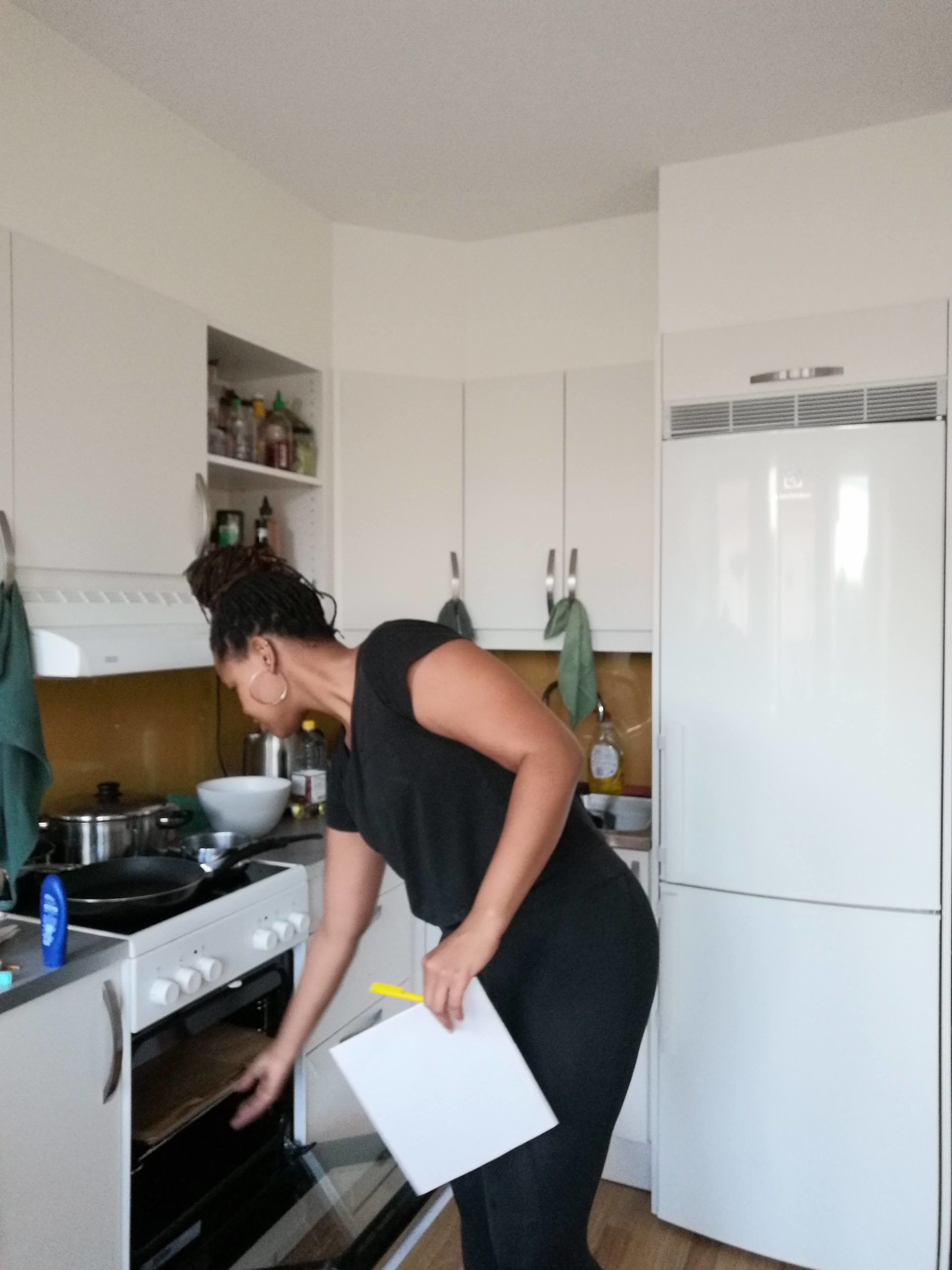
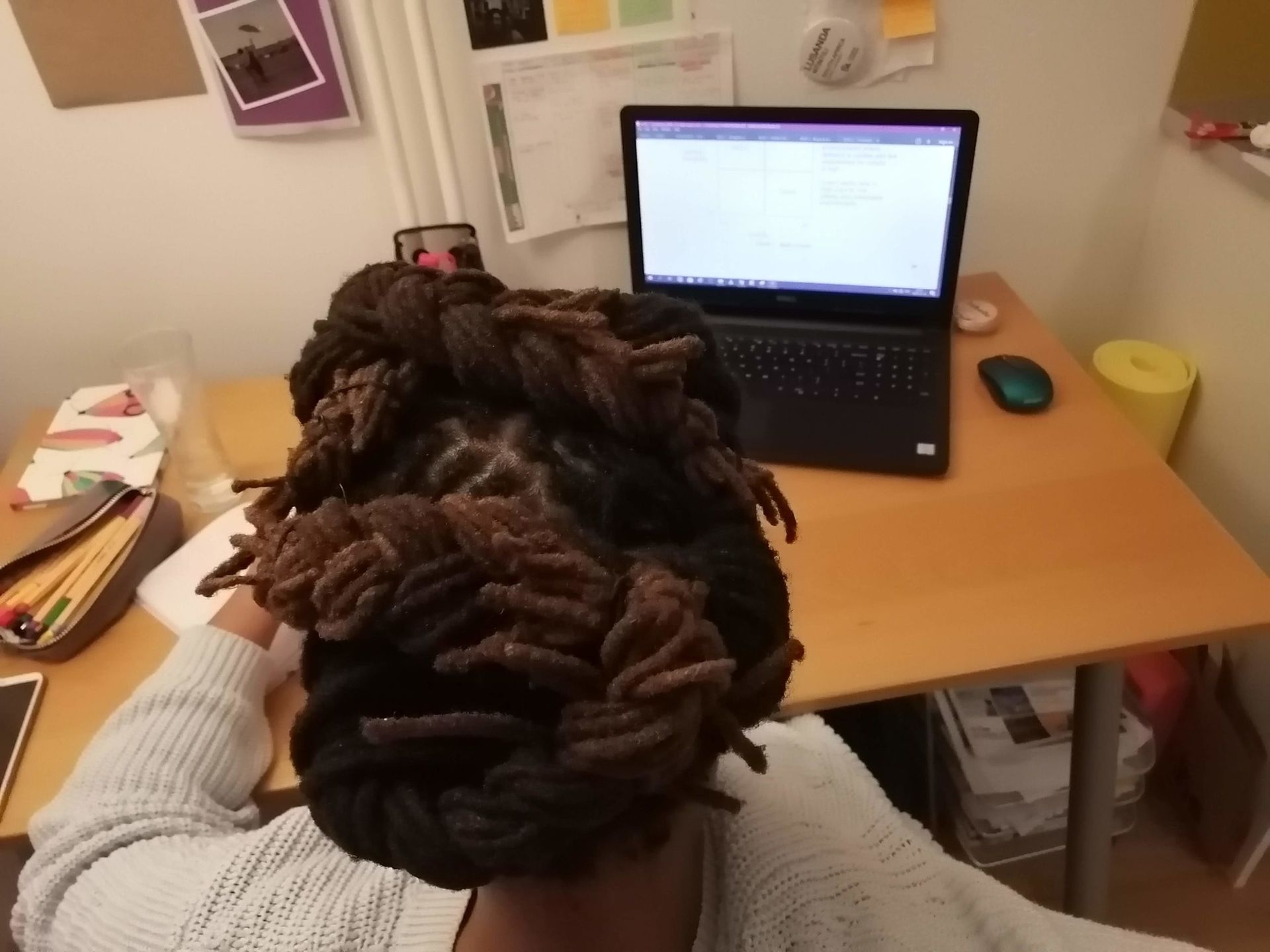
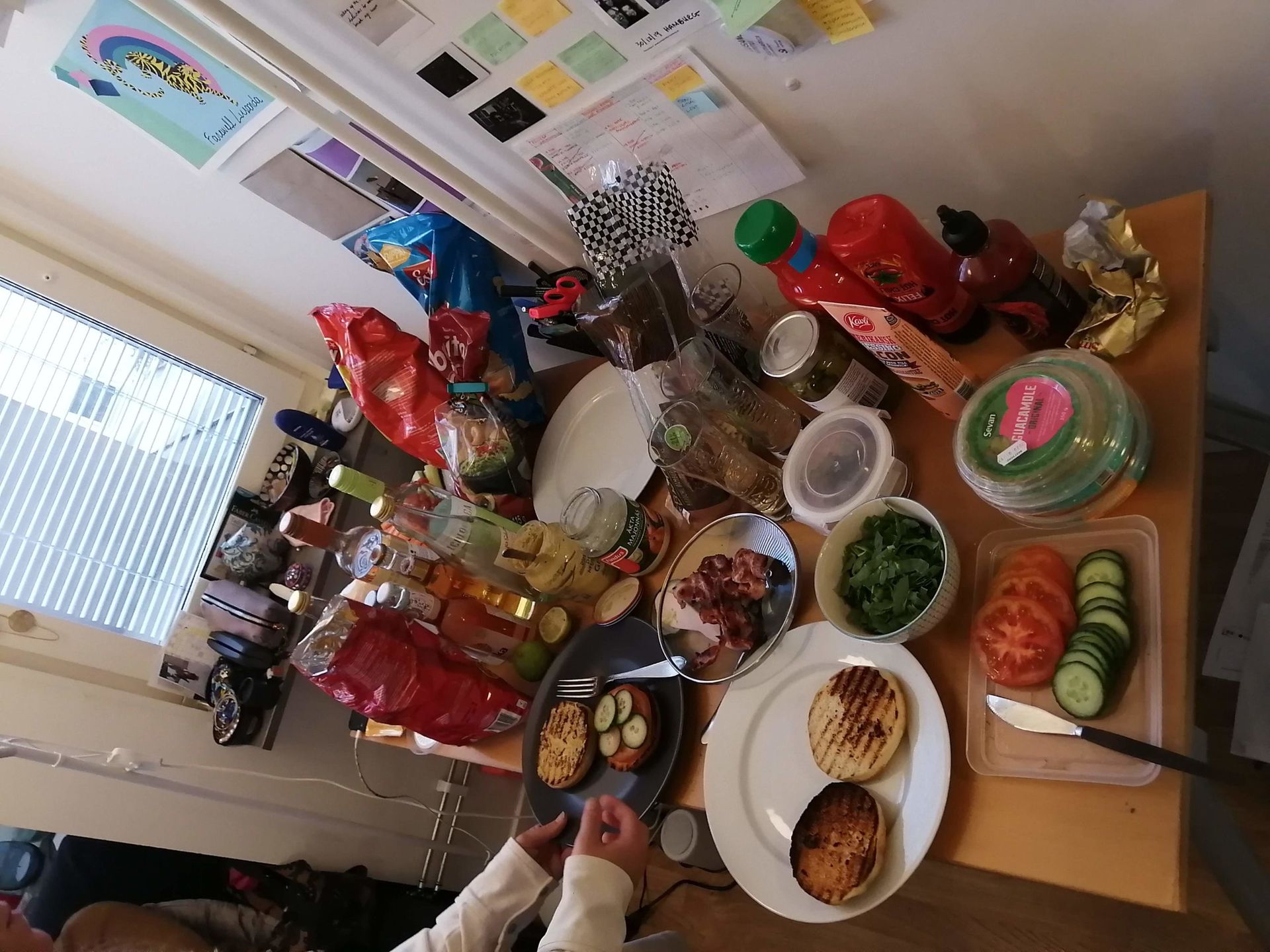
Sharing is Caring
Online and Social Media alternatives are really handy with almost everything related to moving and settling in. Our university has a Facebook Group for International Students in Borås, where students post *everything*, from survey links for their thesis research, to furniture they’re selling (or sometimes giving away for free). This can be a tricky way to get most of your furniture because most students who are leaving at the end of their program post stuff for sale at the end of the Spring semester around June/July, but most newly admitted students only arrive around August/September (Now sometimes even later because of COVID complications). This is a very narrow window of overlap, so I’ve only purchased items that were fun extras, like a mirror from a friend who was only on exchange for one semester, so you also need to be patient. When it works out though, it works out really well, and new students can get a good match of stuff at an affordable price, in a good or almost new condition.
***A word of caution – please be careful, don’t send any money before you see the product for yourself and you can confirm its legit.***
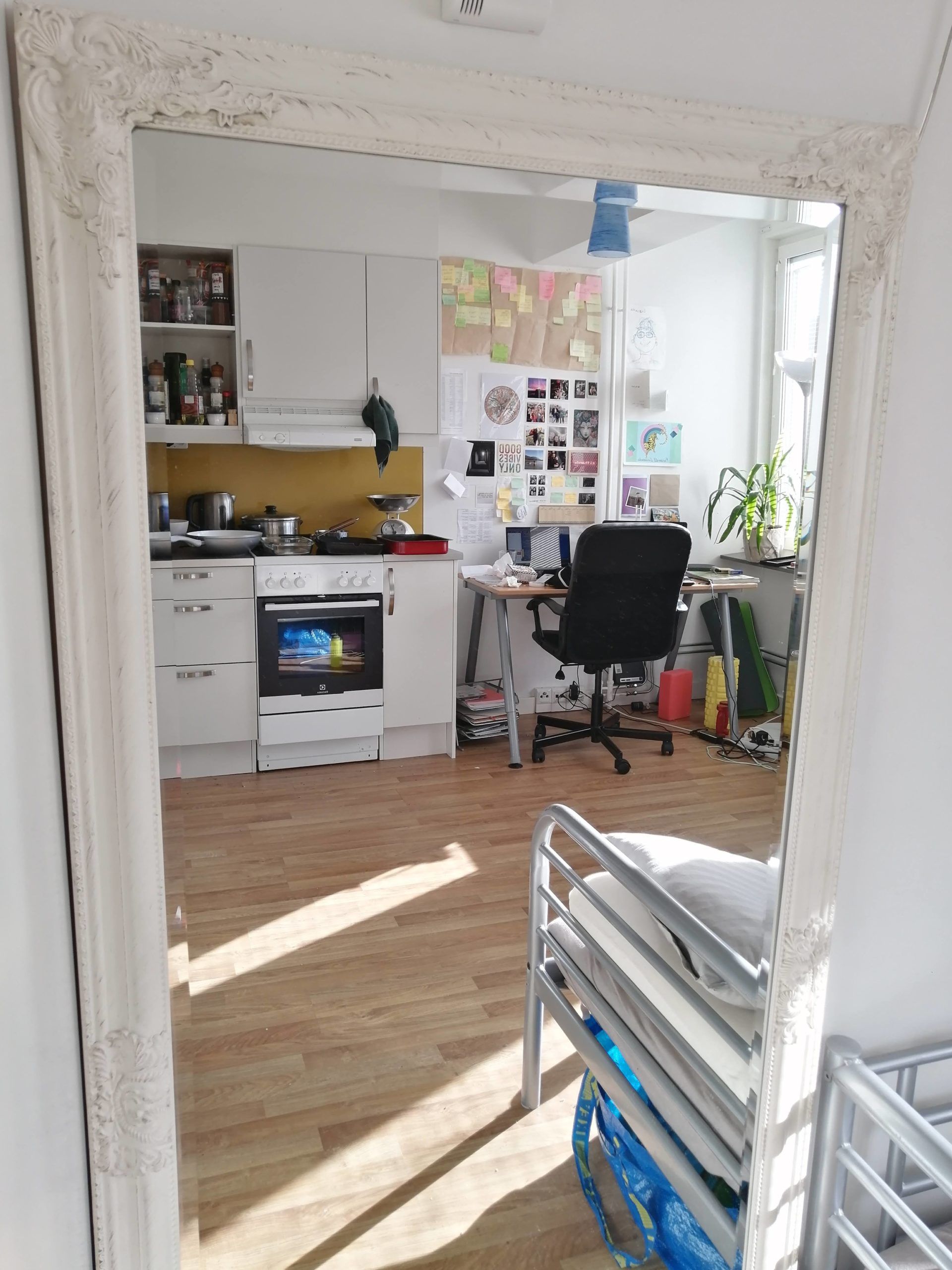
Second-hand glam
Speaking of patience, my apartment has been a slow progress to get to where it is now. I knew I was here for 2 years minimum, which is a short time but not too short to be significant! It was still important to create a comfortable space to feel home in – especially after COVID hit and I started spending 97% of my time at home. The first few months were minimal and functional, and I quickly gathered a very affordable (and small) selection of bath towels, pots and pans, mugs, cutlery and a kettle, which was a very decent start! By the end of the first semester I had some ideas of what I needed to feel more comfortable. The 1st big furniture I hunted for was a sofa bed – I figured I needed some space to relax away from the desk, but wanted to accommodate all my friends who were planning to visit and sleepover. I mentioned this in Part 1, but I started my search online and found an IKEA version for 3000SEK, which was waaay out of budget, but gave me an idea of what dimensions I was looking for. Then I searched Facebook Marketplace for a few weeks until I found one in my budget at 400SEK.
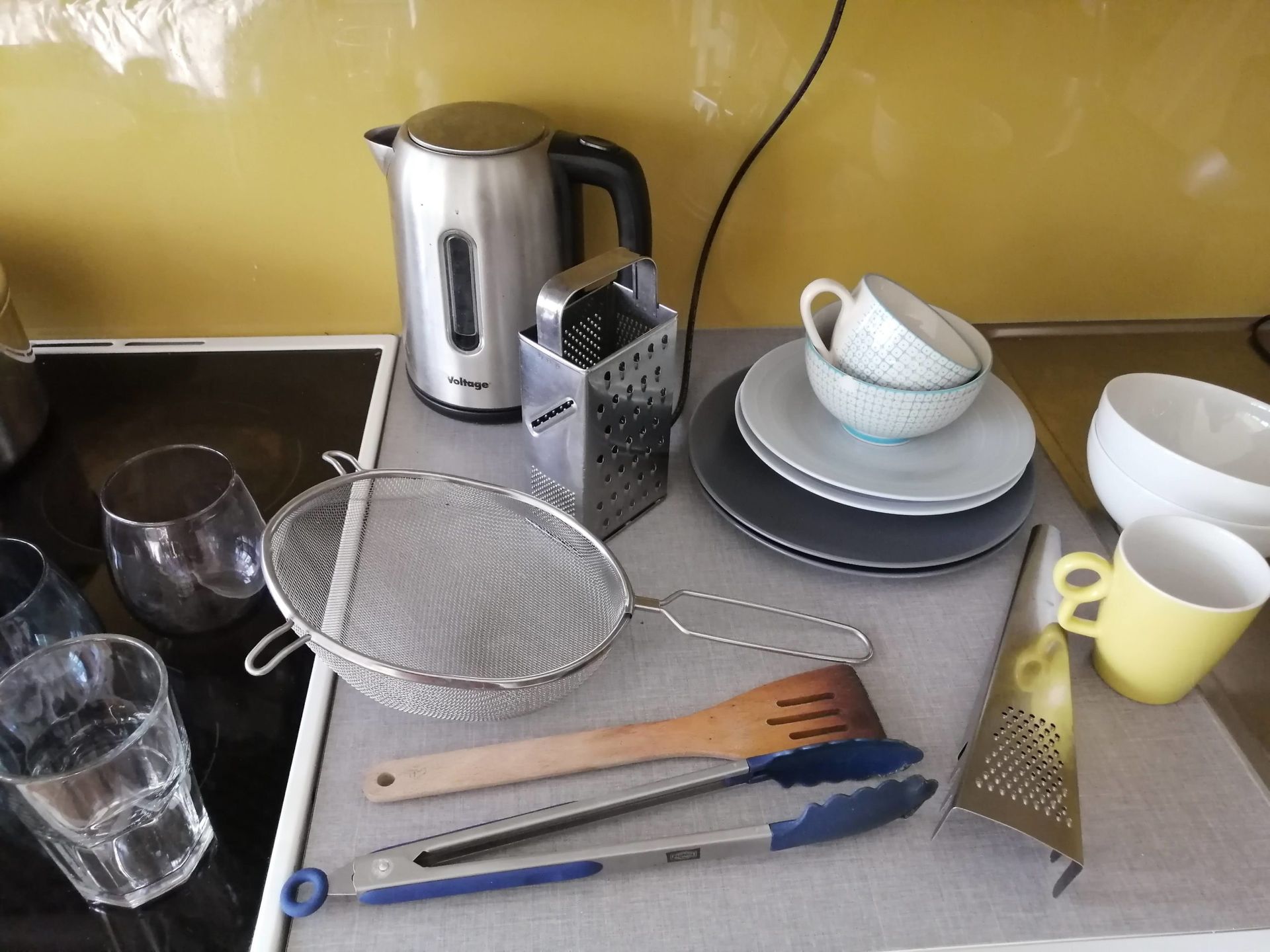
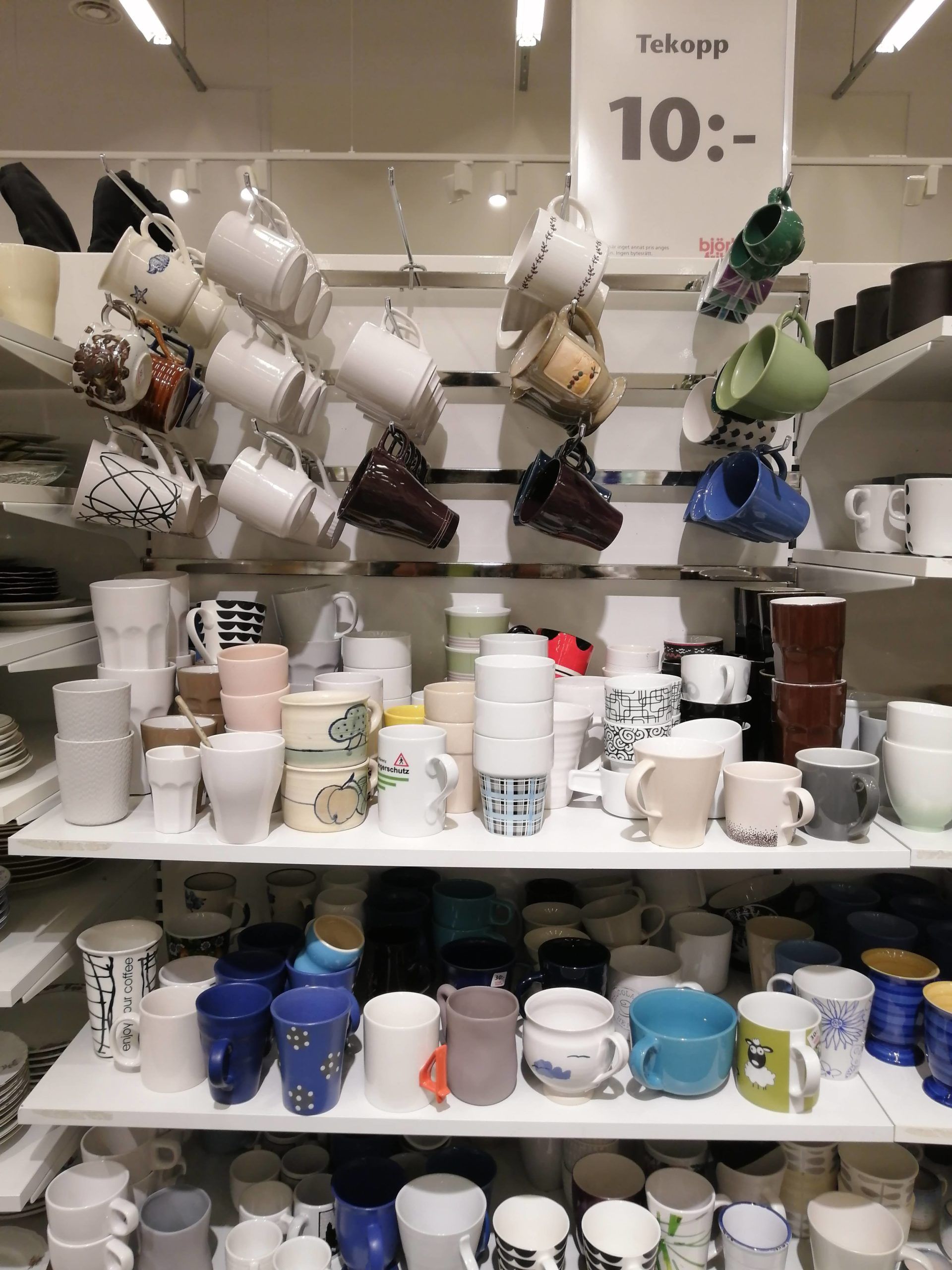
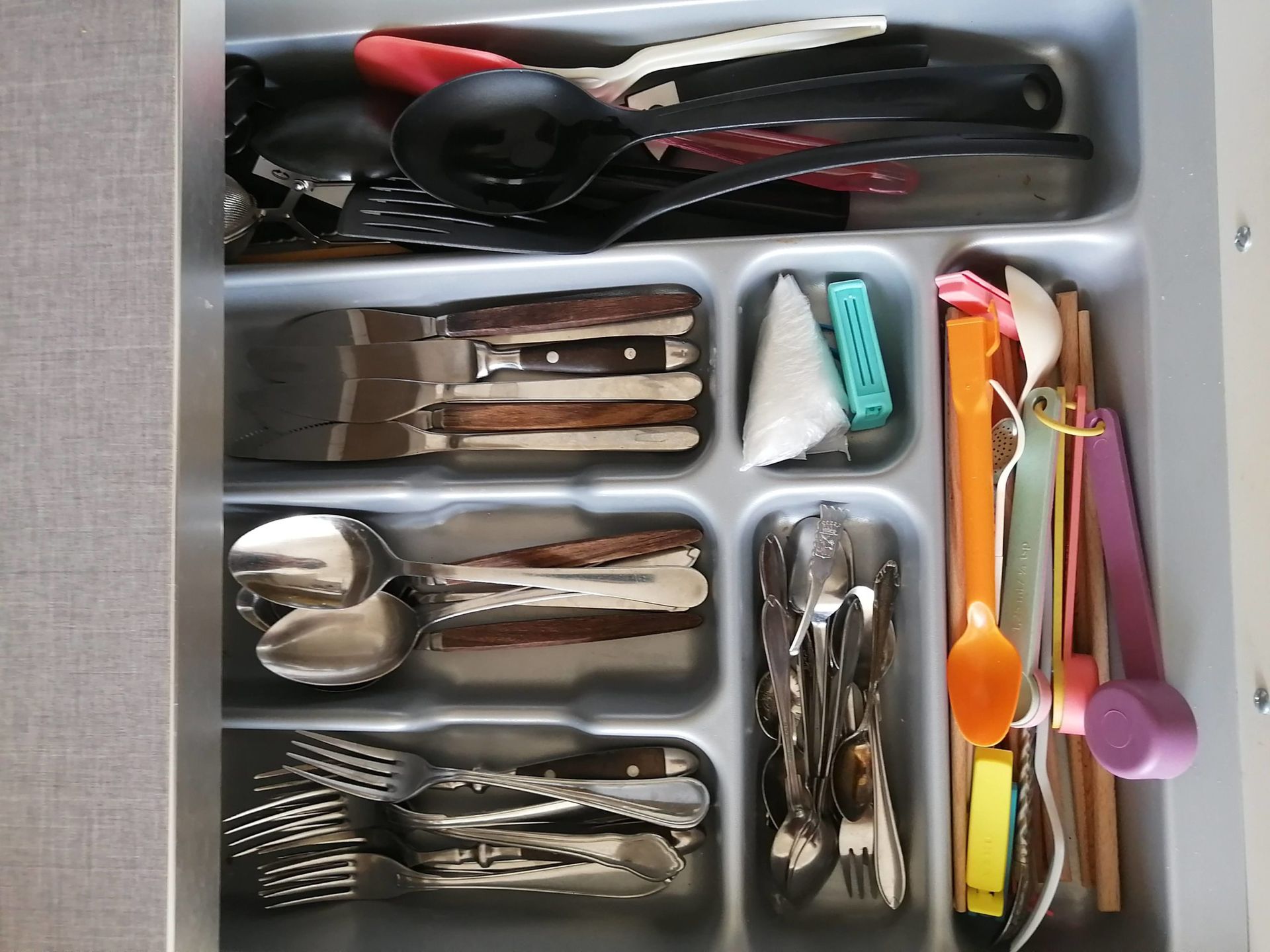
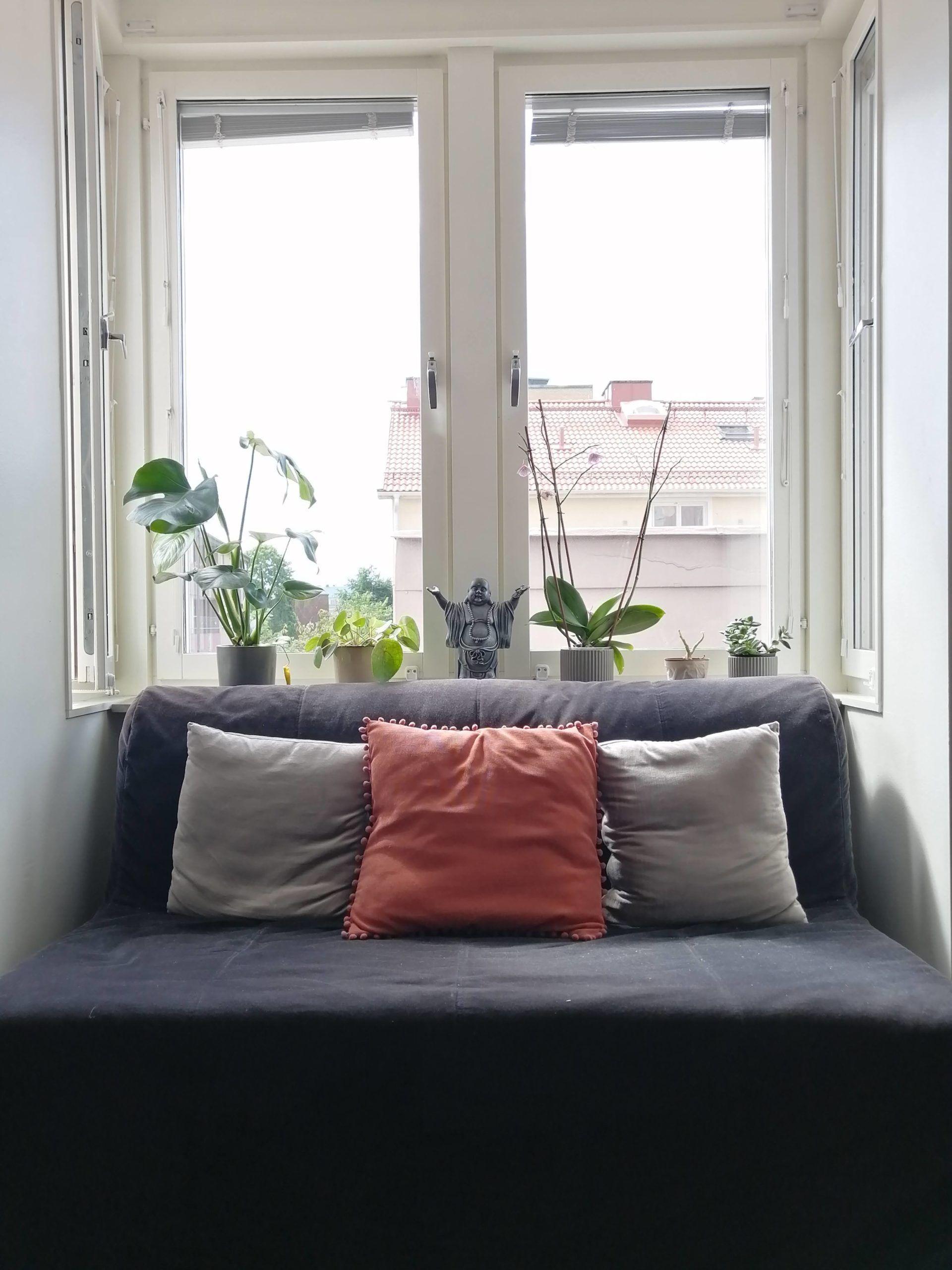
Now that I was feeling a little more comfortable, I didn’t really buy anything else for a while because I didn’t need to (yet). By the time winter rolled around, I needed a blanket and found a chunky faux fur blanket for 100SEK at Myrorna. While I was there, I grabbed a small wicker basket for 80 SEK to help me sort out my recycling. I also picked up some cushions for my new sofa bed at 20-30SEK each. As I started to experiment more in the kitchen, I grabbed more cooking utensils like a small sieve and a grater for around 20SEK each. Then I stopped shopping again for a loong while. I don’t know why it took me forever to realize the standard chair I borrowed wasn’t comfortable for long hours of work, so it was a year later until I found a comfy wheelie office chair on Facebook Marketplace for only 150 SEK. Comfort at long last! If your Swedish is still on training wheels, I recommend using Google translate to help your search – you find much better results in Swedish e.g. “sofa bed” vs “bäddsoffa” or “office chair” vs “kontorsstol”. I wrote more tips about shopping second hand online in part 1.
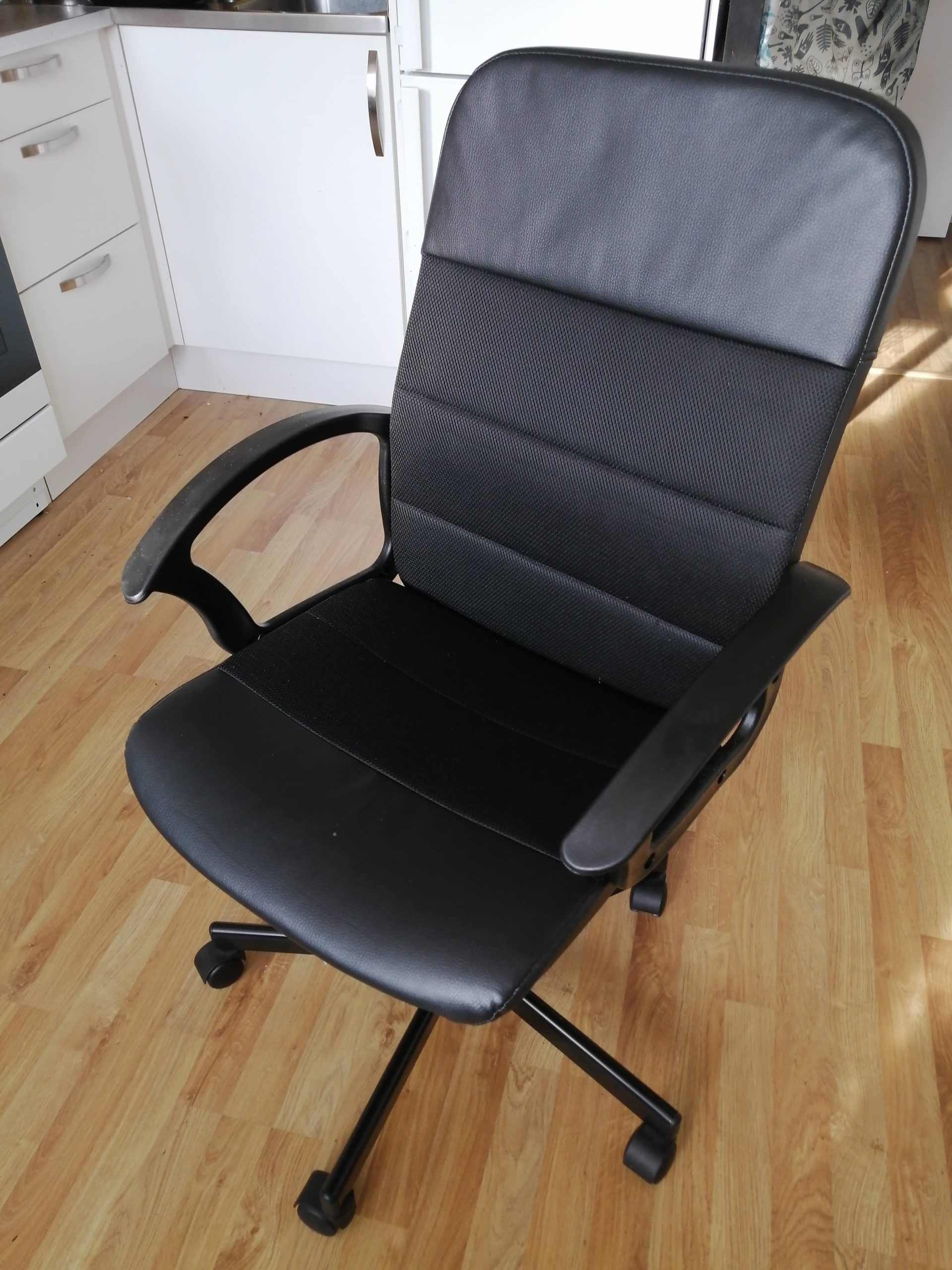
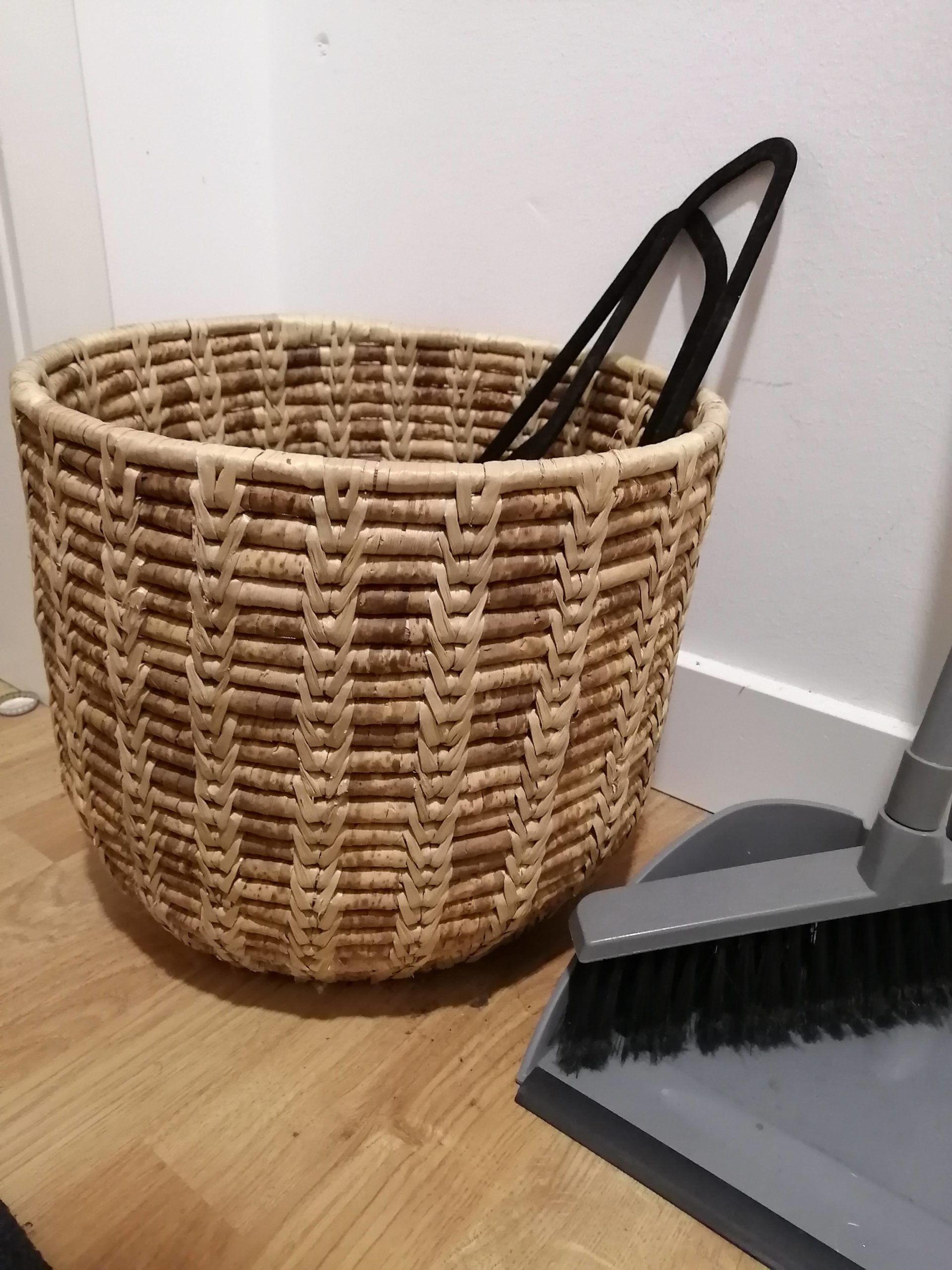
Free stuff
So I was happy and comfortable and convinced I had everything I would need for another year. Until my friends from the 1 year masters programme started leaving and….um…remember that narrow time overlap to sell your stuff that I mentioned? Well, they had a tough time getting rid of every single thing, especially if they couldn’t arrange collection in time with the second hand stores. Heads up, around Summer, June-July working hours reduce and things slow down in Sweden, including admin😅. Sooooooo all of us who stayed behind for another year received wave after wave of offers for free stuff. I collected plants, containers, tupperwares, baking trays, kitchen scissors, a kitchen scale, more towels, more cushions, more clothing hangers, more clothes, a tea strainer, a book shelf, an air mattress and pump, more cooking utensils like a bigger strainer, and plenty of leftover food and toilet paper.
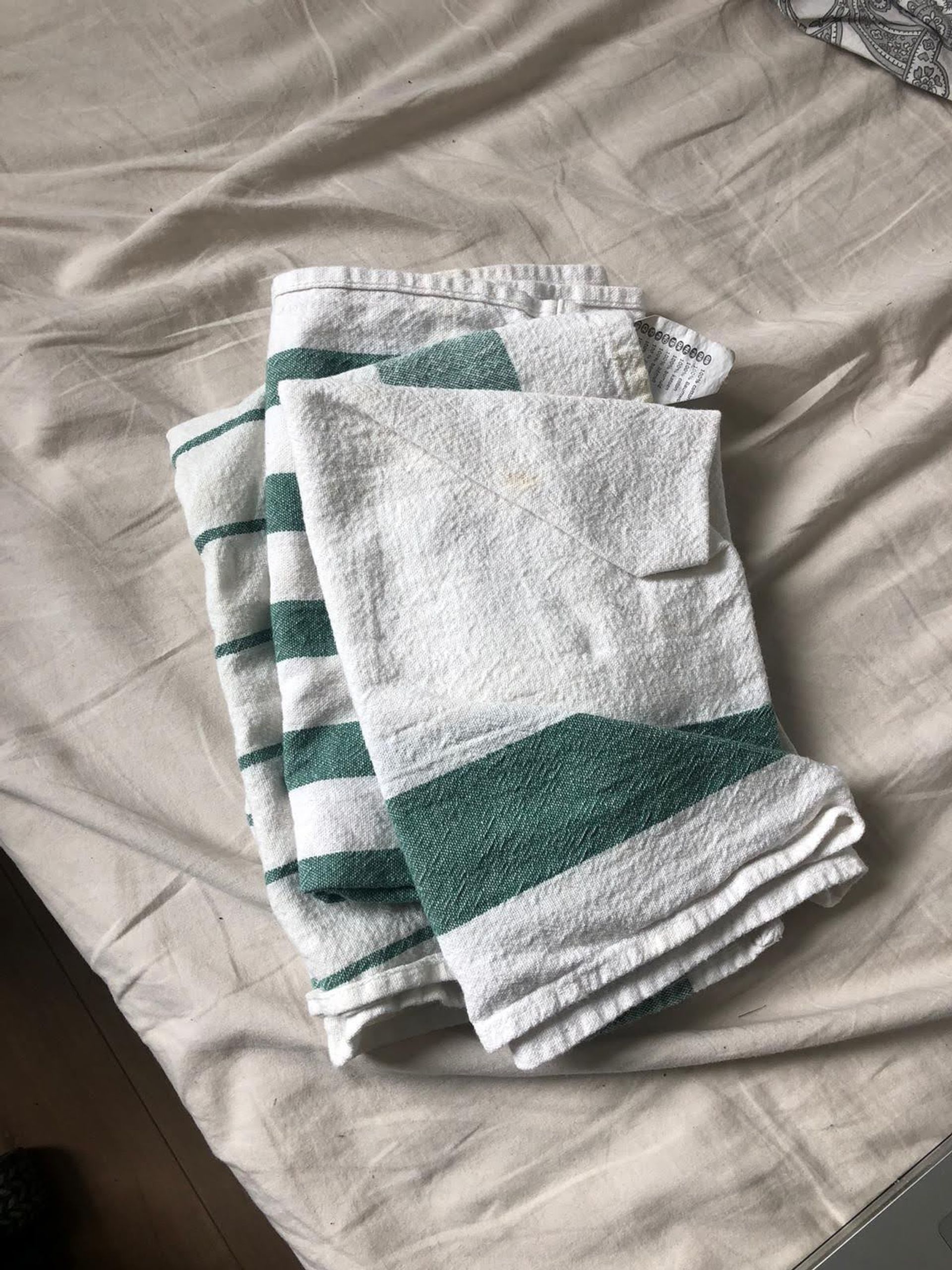
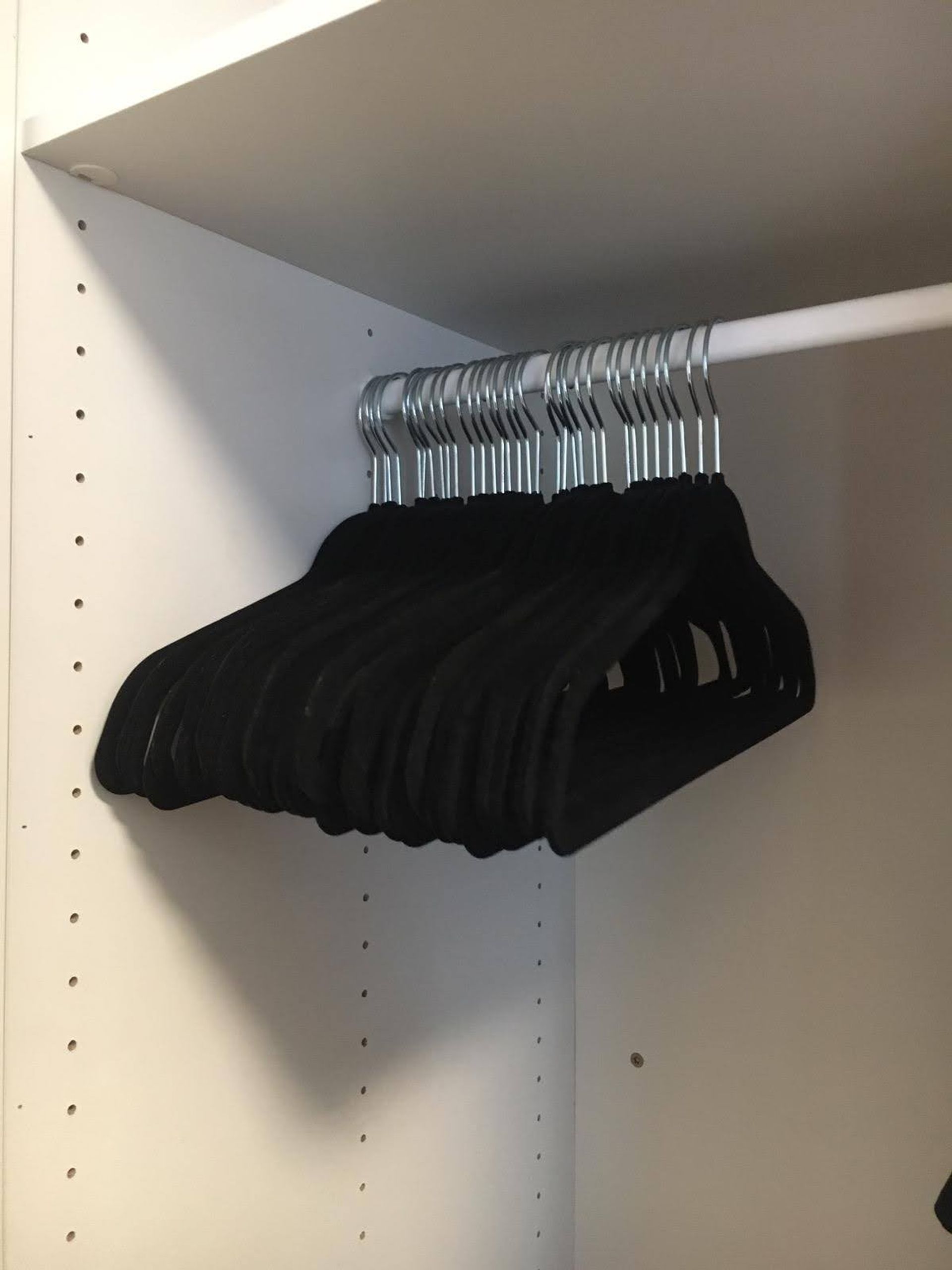
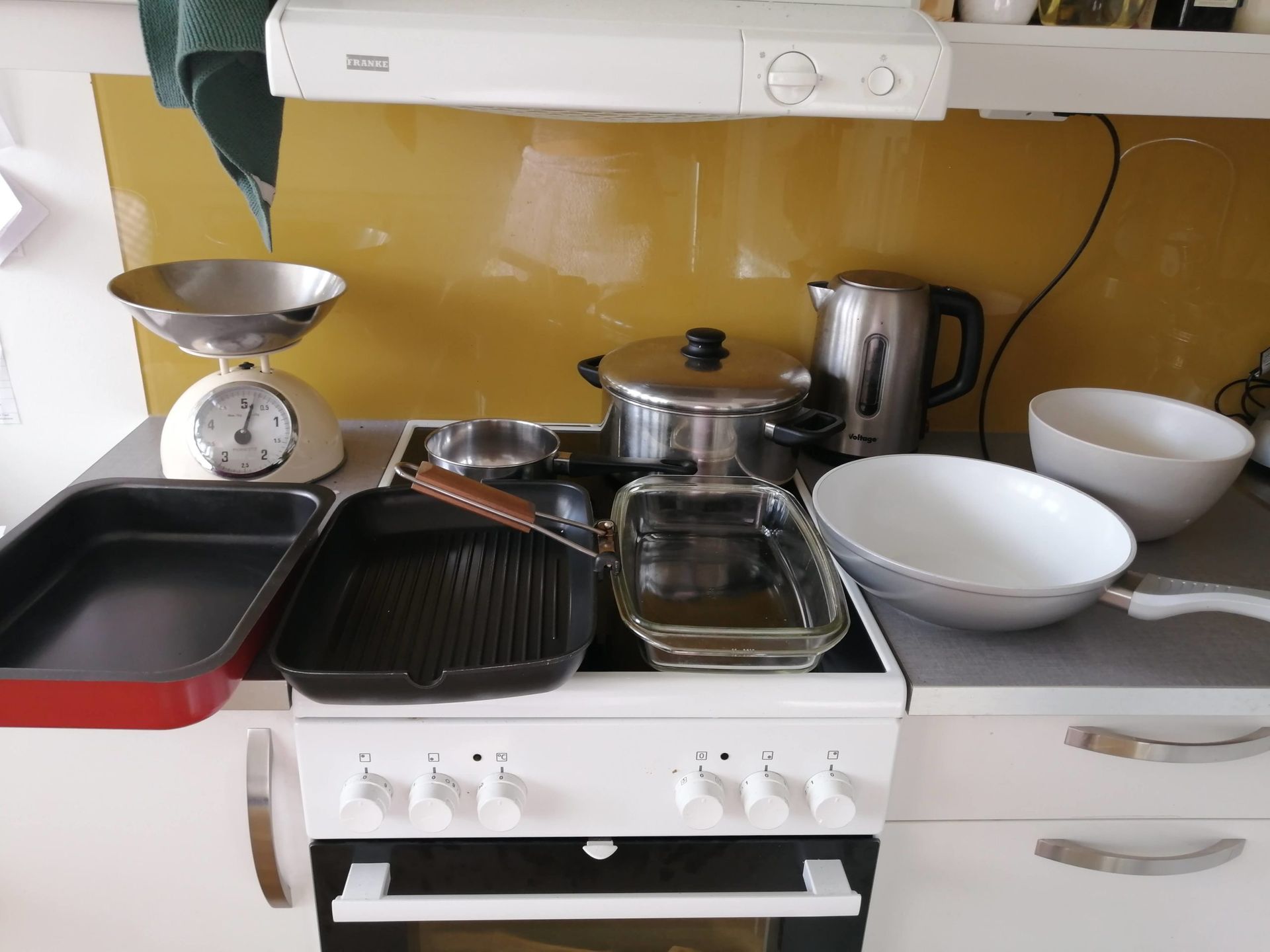

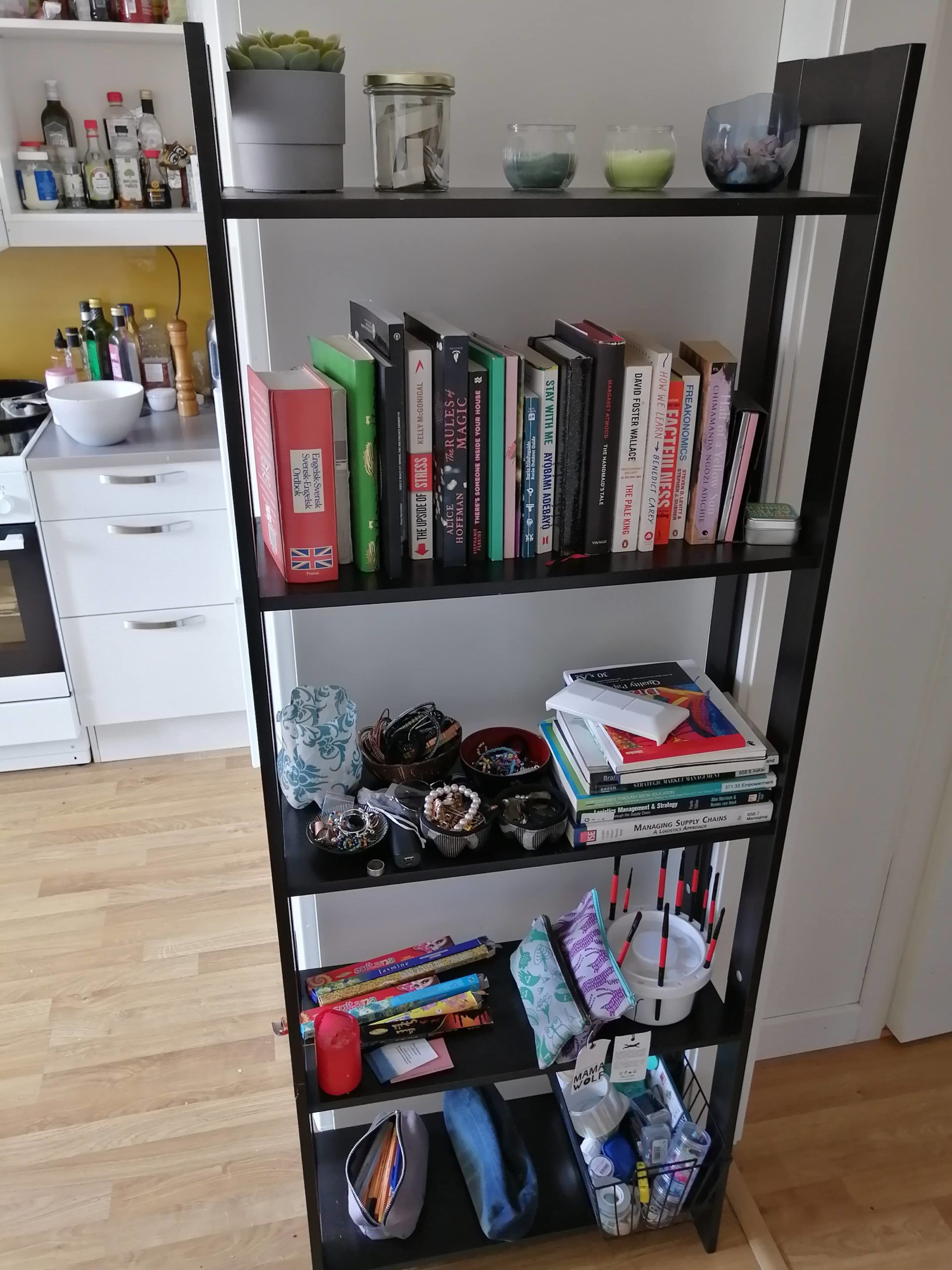
If you have the patience, you might not need to rush to fill your apartment with stuff, even if its tempting when you find so many affordable second hand things. It’s quite common for 2-3 year programme students to land up with more stuff than they ever expected, so maybe practice saying no sometimes, if you know you’re not actually going to use what’s being offered. Even if you don’t have generous friends desperately pushing their leftovers onto you, it’s also very common in Sweden to pick up random stuff outside and around apartment buildings. Legally. It’s so regular that I’ll find an abandoned couch in the entrance hall, or dining chairs and other stacks of stuff in the laundry room, and some friends have even picked up microwaves and TV sets outside the entrance of other apartments. I was very suspicious at first, but after seeing the same couch hanging around for over a week, it’s pretty clear it’s been left behind for the taking. While this may be a very resourceful method, I worry about what happens to the stuff that’s never collected and turns into trash. When you leave, please try your best to pass your items on to official platforms like Sellpy ↗️, or sell them on Blocket ↗️ or FB Marketplace, or your local second-hand store or charity shop, or check with your university or give them to friends you know will look after them.
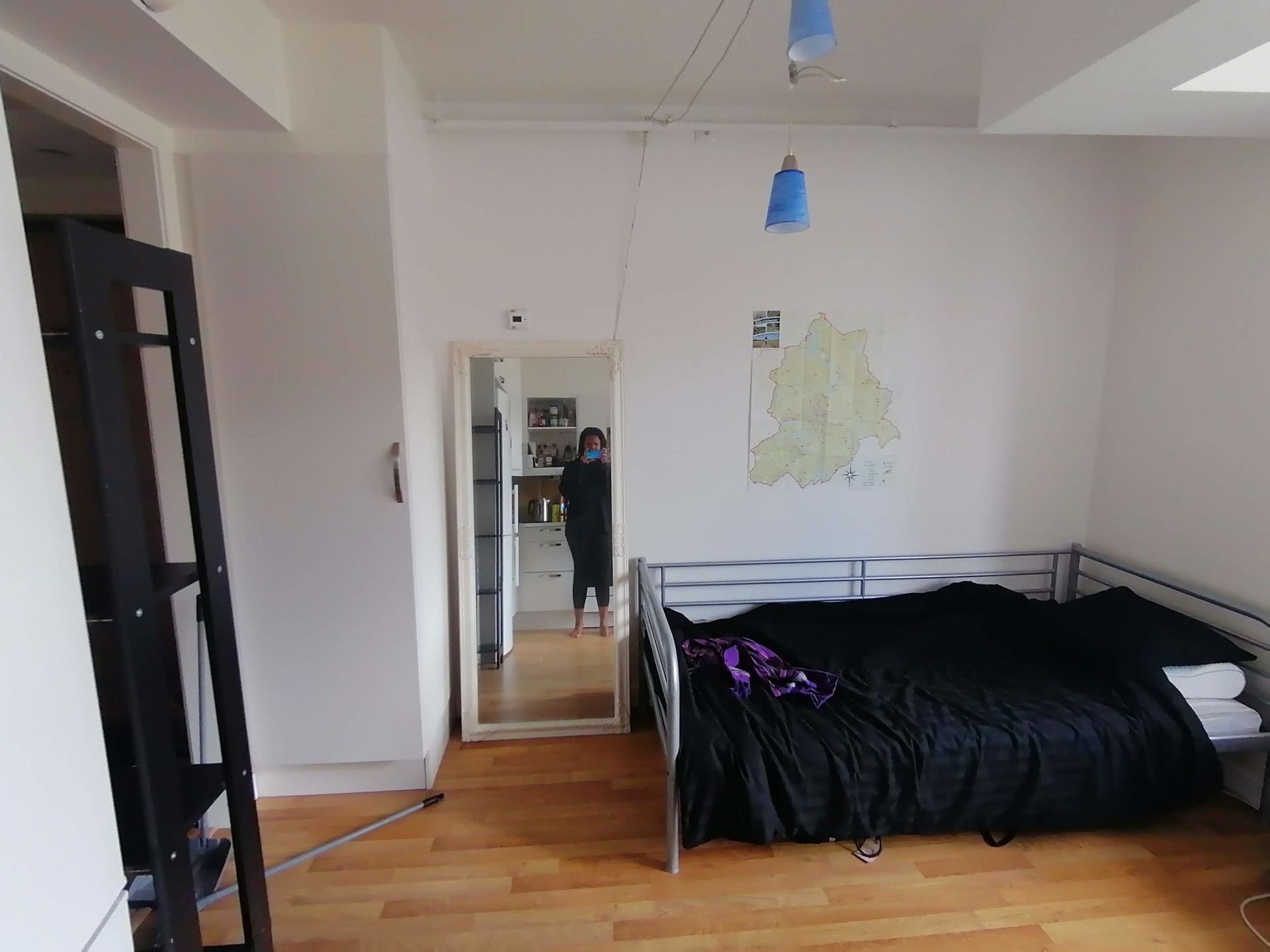
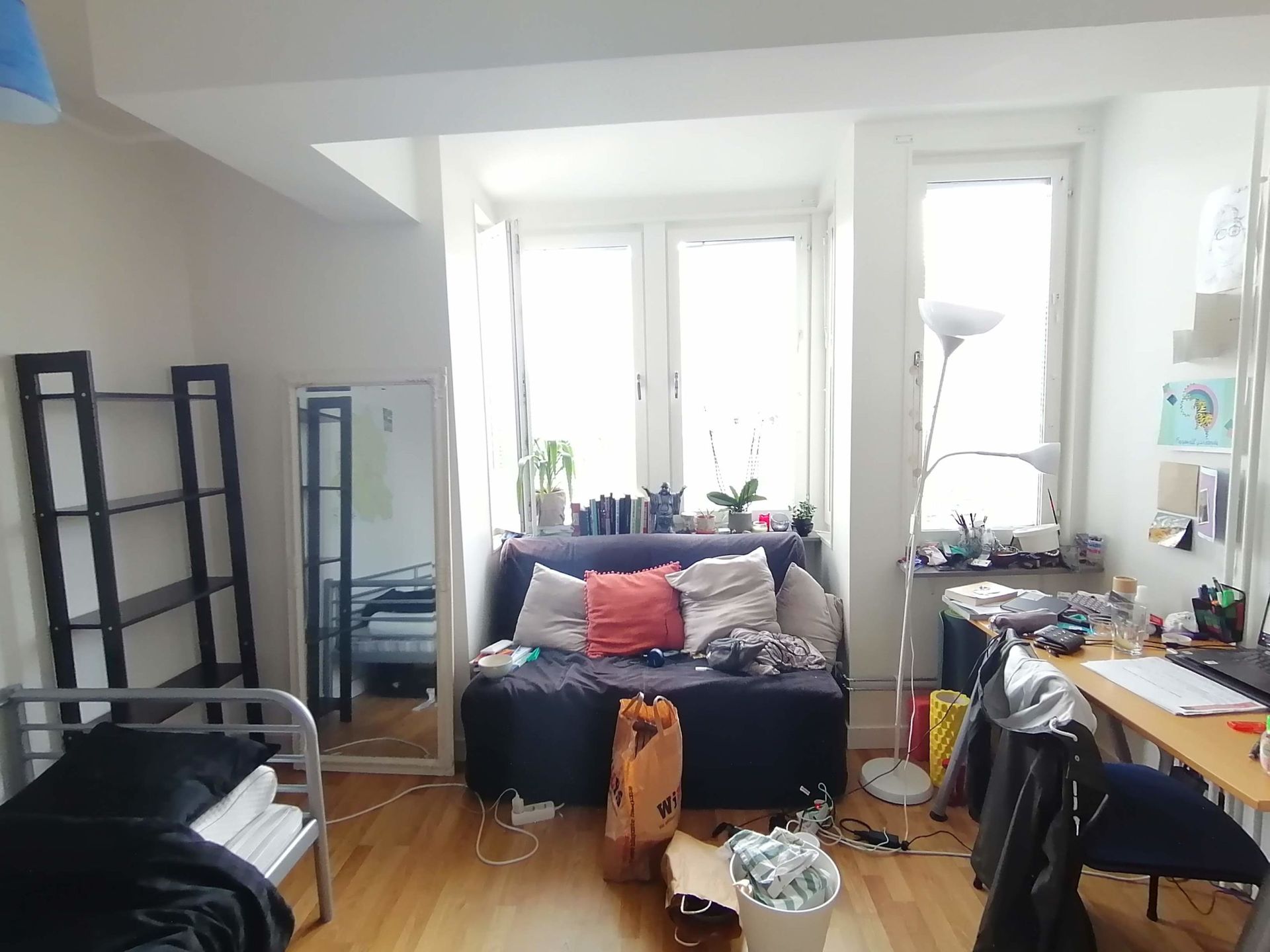
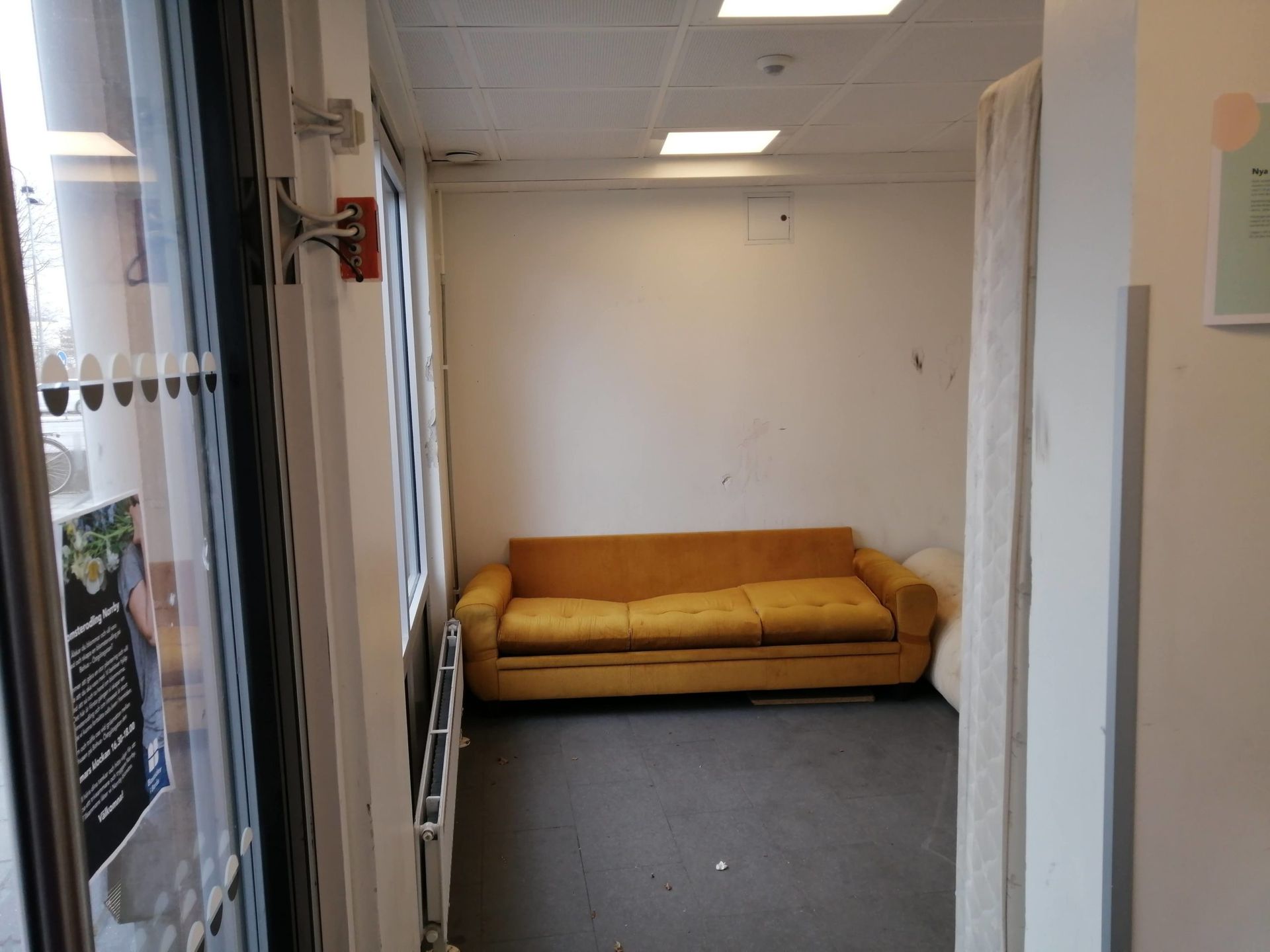
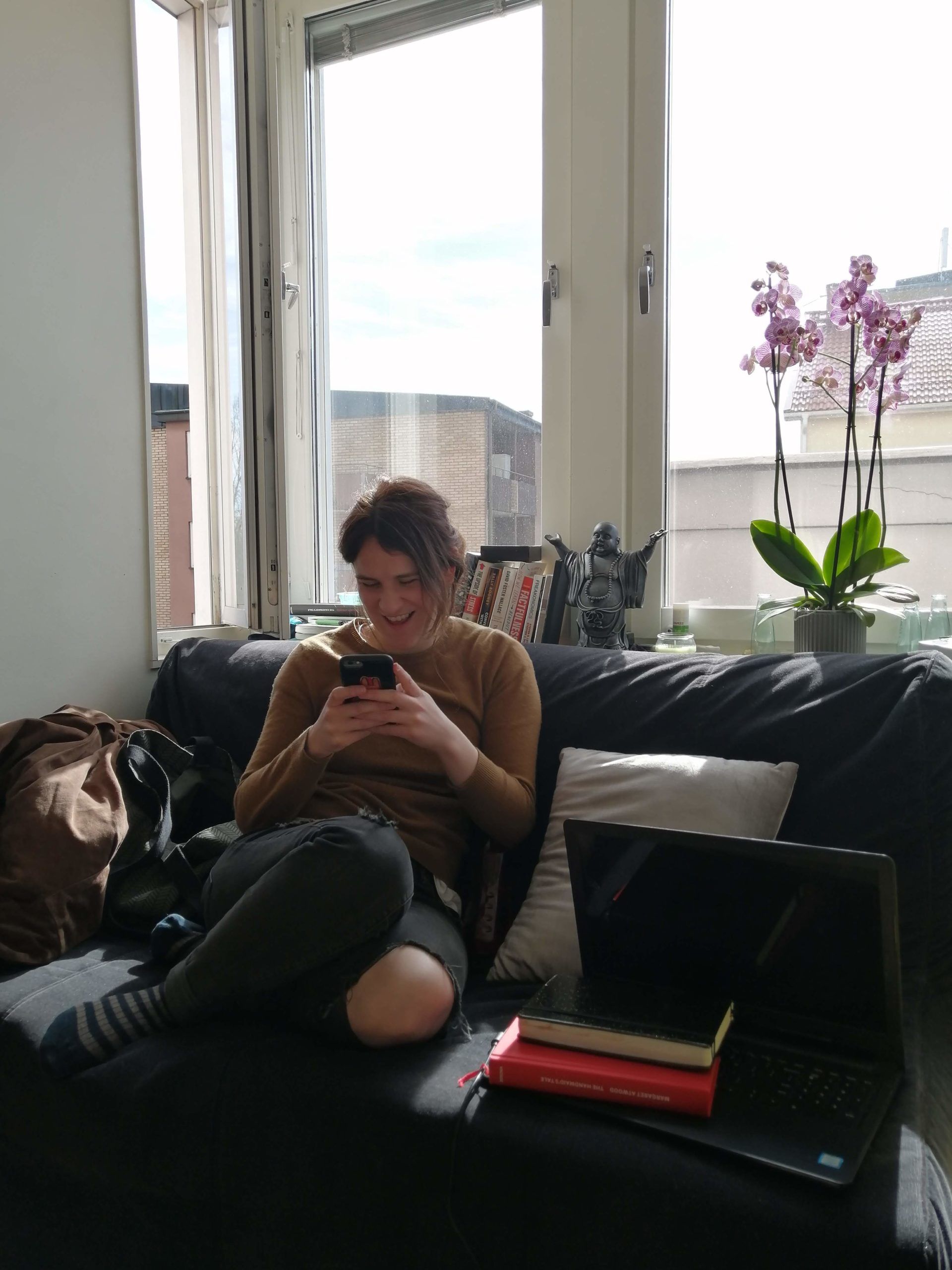
Good luck!
I hope this blog gave you some ideas for how you can stretch your budget to make you student house feel much more like a home. As much as stuff and things are not the most important part of living, I think being isolated during COVID showed a lot of us that we still need some level of comfort from things being in our space that are functional and help make tasks easier and save us time (like my kettle) or keep us organized (like the wicker basket and bookshelf) or bring us joy (like my plants and the happy Buddha statue). Leave a comment below to share some of your ideas of what you need for your ideal student apartment!
